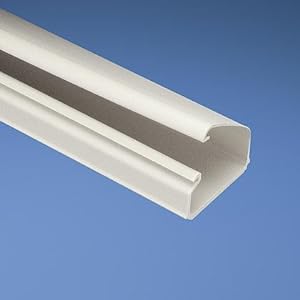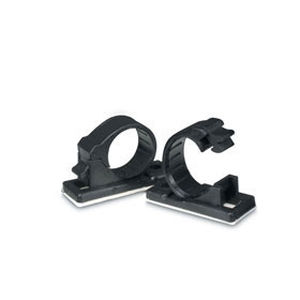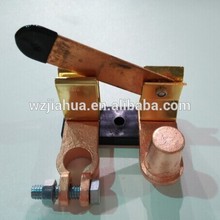Almost There
Well-known member
- Joined
- Nov 3, 2014
- Messages
- 5,130
- Reaction score
- 6
Okay, so before I get too far along with building out the interior I need to run some wires - they won't get hooked up yet but I want them and the holes cut BEFORE it becomes problematic.
Electrical stuff is something I've always stayed well clear of - my favorite handywoman book had a chapter on electrical titled 'Prison isn't the only place you can be electrocuted' and I've stuck by that theory my entire life....
Eventually I will have power sources from: shore power and generator, alternator and solar. Integrating these is where I run into most of my questions.
I have no idea what the next decade will be in terms of % of boondocking vs FHU sites and I already own the generator so I want full availability of both 110 and 12V services.
For right now the questions are:
- 12V - is 12 gauge zip cord wire going to be suitable for a Whynter fridge as well as anything else I need 12V outlets for?
- 110 AC - circuit breaker or GFCI outlets?
- Should I wire a 110 outlet handy for plugging the fridge in to as well as a 12V outlet.
- Power from the alternator - is it okay and practical to run the wire from the engine compartment under the frame to near the rear of the van or should it all be run inside.
By the time these are answered I'll probably have 6 more questions...
Electrical stuff is something I've always stayed well clear of - my favorite handywoman book had a chapter on electrical titled 'Prison isn't the only place you can be electrocuted' and I've stuck by that theory my entire life....
Eventually I will have power sources from: shore power and generator, alternator and solar. Integrating these is where I run into most of my questions.
I have no idea what the next decade will be in terms of % of boondocking vs FHU sites and I already own the generator so I want full availability of both 110 and 12V services.
For right now the questions are:
- 12V - is 12 gauge zip cord wire going to be suitable for a Whynter fridge as well as anything else I need 12V outlets for?
- 110 AC - circuit breaker or GFCI outlets?
- Should I wire a 110 outlet handy for plugging the fridge in to as well as a 12V outlet.
- Power from the alternator - is it okay and practical to run the wire from the engine compartment under the frame to near the rear of the van or should it all be run inside.
By the time these are answered I'll probably have 6 more questions...










